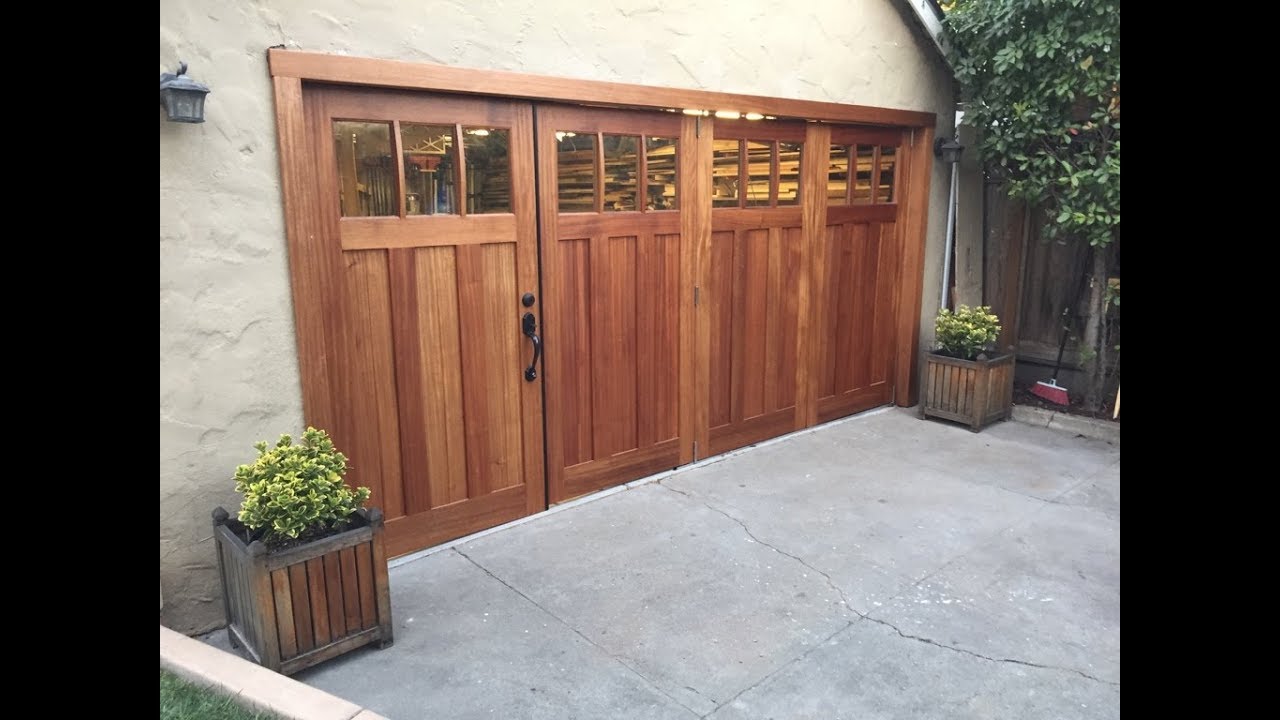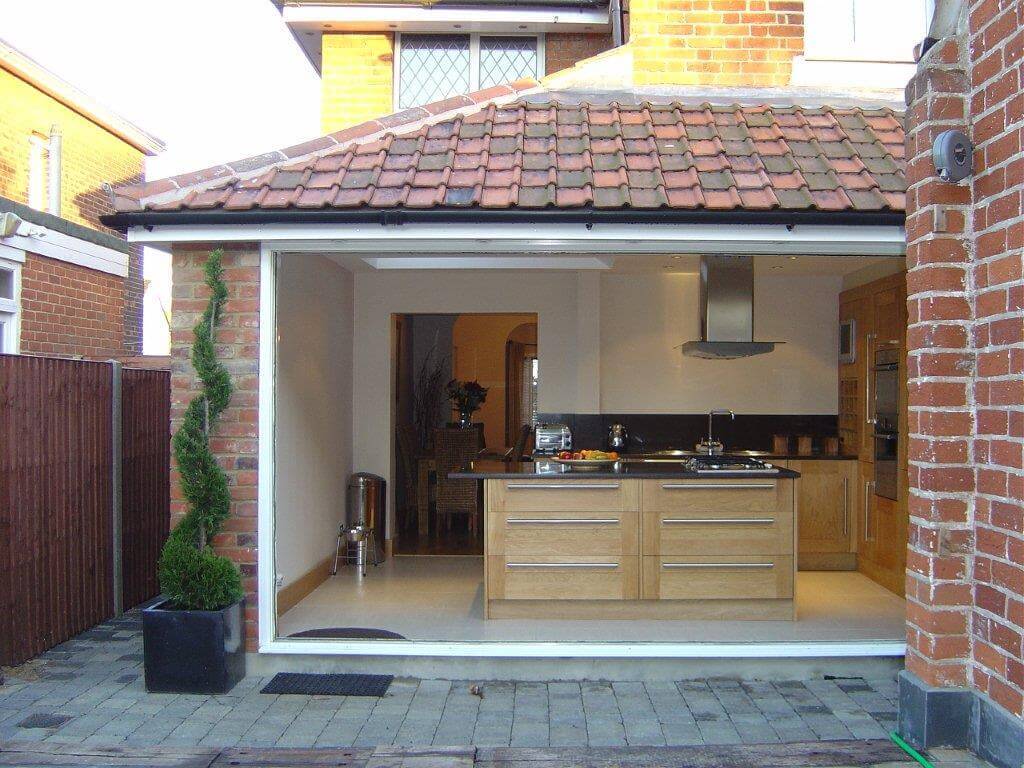
Research is key when looking for a garage repairman. Do not just choose the first person to contact. You can use the internet to find local businesses and get estimates.
But, not all companies will provide the same quality. Some have hidden clauses that require you to purchase certain materials or pay a service fee. It is vital to read the contract thoroughly and fully understand what you are buying.
Garage door repairmen with experience and the right tools will do great work. They can also explain technical details to you. Make sure that they use quality parts, and that they clean up after their work.
You'll also want to consider a company that offers a warranty. This warranty is common in the industry, and it will be useful in the unlikely event that your garage door does not work as expected.

A valid license will also be required. In many cities, a license is required before a business can operate. Licenses are easily obtained and show that the company has been reviewed by local authorities.
Most companies offer a free estimate. If you live in a large market, an expert may need to visit your home and charge a fee. Depending upon the size of your job, you might pay several hundred to thousands.
Also, you might want to look online for reviews of garage doors companies in your region. These reviews can give a good idea of what the general population thinks about the competition.
You will want to see if the company's track record is good. Check with the Better Business Bureau to find out. You can also contact your local consumer protection office.
Ask your family and friends for recommendations to help you find the best service. Most likely, they will have a list with reliable companies and can recommend the one that does the job well.

It's always a good idea to ask the technician how long they've been in business. This will give you an idea of the technician's commitment to customer service.
It's also worth asking about the company’s most noteworthy achievements. It is important that they can provide details about past clients and customers. For your financial security, ensure that you are enrolled in an employee-compensation plan.
You don't have to fix your garage door. There are many other things you can do. A motion sensor light, for example, can protect your home from intruders. Insulating materials can help save money and energy. Also, don't forget about some helpful tips for maintaining your garage.
FAQ
What is the cost of remodeling a kitchen or bathroom?
Remodeling a kitchen or bathroom is a costly undertaking. It may make more sense to spend money on home improvements, considering how much you pay in energy bills each month.
A small upgrade could save you thousands of dollars each year. Simple improvements such as insulation of walls and ceilings can lower heating and cooling costs up to 30 percent. Even a small improvement can make a difference in comfort and increase resale.
It is essential to remember that renovations should be done with durable, easy-to-maintain materials. The durability and ease of maintenance that porcelain tile and stainless steel appliances offer over vinyl and laminate countertops is why solid wood flooring and porcelain tile are so much better.
Altering old fixtures can also help reduce utility bills. Low-flow showerheads or faucets can help reduce water usage by up 50 percent. Replacing inefficient lighting with compact fluorescent bulbs can cut electricity consumption by up to 75 percent.
What are some of the largest costs associated with remodeling your kitchen?
There are several major costs involved in a kitchen remodel. These include demolition, design fees, permits, materials, contractors, etc. These costs seem small when you look at them individually. However, when you combine them all, they quickly add-up to become very large.
Demolition is usually the most expensive. This involves removing old cabinets, appliances and countertops as well as flooring. Then you have to remove the drywall and insulation. You must then replace these items with new ones.
Next, hire an architect who will draw plans for the space. The permits will be required to ensure the project complies with building codes. The next step is to find someone who will actually do the construction.
The contractor must be paid once the job has been completed. Depending on the size of the job, you could spend between $20,000 to $50,000. It is crucial to get estimates from several contractors before you hire one.
You can sometimes avoid these costs if you plan. You might be able negotiate better materials prices or skip some work. You can save money and time if you are clear about what you need to do.
For example, many people try to install their cabinets. They believe this will save money, as they won’t have to hire professional installers. Problem is, they often spend more time trying to place the cabinets themselves. A professional can usually complete a job in half of the time that it would take you.
Unfinished materials can also be a way to save money. Pre-finished materials such as cabinets should be inspected before you purchase them. Unfinished materials can be used immediately by you if purchased. If things don't work out as planned, you can always modify your mind later.
But sometimes, it isn't worth going through all this hassle. Planning is the best way save money on home improvement projects.
How can I tell if my house needs a renovation or a remodel?
First, check to see whether your home was updated in recent years. If you haven't seen any updates for a few years, it may be time to consider a renovation. A remodel may be a better option if your house looks like new.
The second thing you should check is whether your home is in good condition. If there are holes in the drywall, peeling wallpaper, or broken tiles, it's likely time for a renovation. It's possible to remodel your home if it looks good.
You should also consider the overall condition of your house. Is the structure sound? Are the rooms clean? Are the floors in good condition? These questions are critical when deciding what type of renovation you should do.
Which order should you renovate the house?
The roof. The plumbing is the second. Third, the electrical wiring. Fourth, the walls. Fifth, the floors. Sixth, are the windows. Seventh, the doors. Eighth, is the kitchen. Ninth, the bathrooms. Tenth is the garage.
After you have completed all of these tasks, you will be ready to go to the attic.
Hire someone to help you if you don't have the skills necessary to renovate your home. You will need patience, time, and effort when renovating your own home. It can also be expensive. Don't be discouraged if you don’t feel up to the task.
Although renovations are not cheap, they can save you a lot of money in the end. You will enjoy a more peaceful life if you have a beautiful house.
What is the difference between building a new home and gutting a current one?
A home's contents are removed, such as walls, floors, ceilings and plumbing. It's often necessary when you're moving to a new house and want to make changes before you move in. Due to so many factors involved in the process of gutting a property, it can be very costly. The average cost to gut home ranges from $10,000 to $20,000, depending on your job.
A builder builds a home by building a house frame-by-frame, then adds doors, windows, doors and cabinets to the walls. This usually happens after you have purchased lots of lands. It is usually cheaper than gutting a house and will cost around $15,000 to $30,000.
It all comes down to what you want to do in the space. You'll need to spend more if you plan to gut your home. You don't need to take everything apart or redo everything if you are building a home. You can design it yourself, rather than waiting for someone else.
What is the difference in a remodel and a renovaton?
Remodeling is any major transformation of a room or portion of a bedroom. A renovation refers to minor changes made to a particular room or area of a given room. A bathroom remodel, for example, is a major undertaking, while a new sink faucet is minor.
Remodeling involves the complete or partial renovation of a room. A renovation is only changing something about a room or a part. A kitchen remodel might include the replacement of countertops, sinks as well as appliances, lighting, and other accessories. An update to a kitchen could involve painting the walls or installing a new light fixture.
Statistics
- 57%Low-end average cost: $26,214Additional home value: $18,927Return on investment: (rocketmortgage.com)
- According to a survey of renovations in the top 50 U.S. metro cities by Houzz, people spend $15,000 on average per renovation project. (rocketmortgage.com)
- 55%Universal average cost: $38,813Additional home value: $22,475Return on investment: 58%Mid-range average cost: $24,424Additional home value: $14,671Return on investment: (rocketmortgage.com)
- Attic or basement 10 – 15% (rocketmortgage.com)
- Windows 3 – 4% Patio or backyard 2 – 5% (rocketmortgage.com)
External Links
How To
How to Remove Tile Grout from Floor Tiles
Tile grouting is something that most people don't even know they have. It is used in sealing joints between tiles. There are many types of grout available today. Each one has a different purpose. This article will teach you how to remove tile grout off floor tiles.
-
Before you begin this process, it is important to make sure you have all of the necessary tools. A grout cutter, grout scraper and some rags are all essential.
-
Now it is time to clean the grout and remove any debris or dirt that has gotten under the tiles. You can use the grout cutter to remove grout from the tiles and scrape off any remaining pieces. Be careful not to damage any of the tiles.
-
Once you have cleaned everything up, take the grout scraper and use it to clean off any remaining grout. If no grout is left over, you can proceed to step 4.
-
After you have done all the cleaning, you can move on to the next step. Soak one of your rags in water. Make sure the rag has completely soaked in water. To ensure that the rag does not absorb water, dry it.
-
Place the wet cloth on the joint where the tile meets with the wall. The grout will begin to crumble if you press down hard on the rag. Slowly pull the rug towards you, then continue pulling the rag back and forth until the grout has been removed.
-
Continue repeating steps 4 through 5 until all grout is removed. Rinse the ragout. Repeat the process if necessary.
-
After you have removed all grout, use a damp cloth to wipe the tiles' surface. Let dry thoroughly.